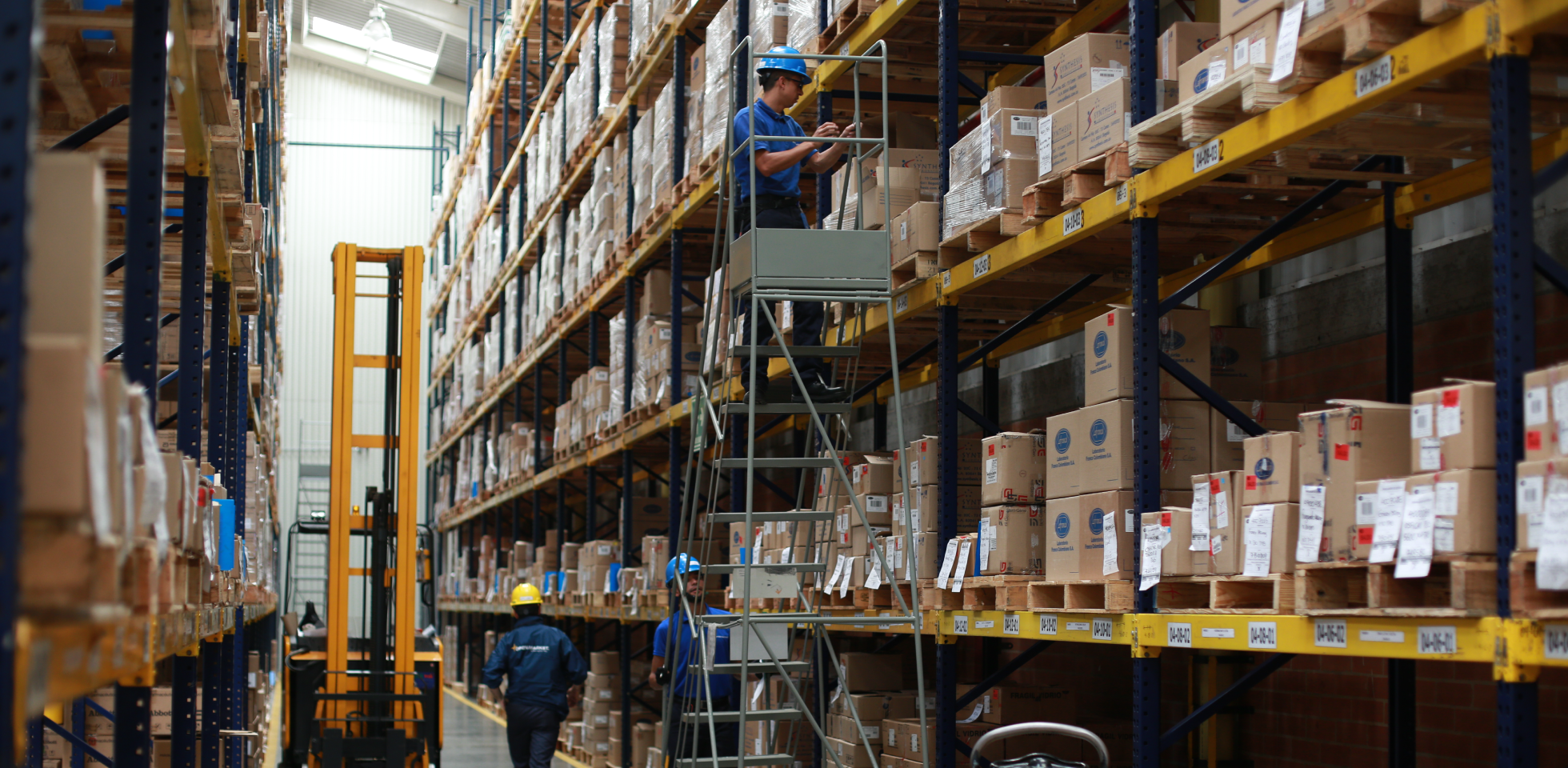In logistics, delivery times and customer service are linked because the final consumers’ satisfaction depends on punctuality.Currently, one of the pillars of competitiveness is having the business experience translated into a good customer service.
Reaching this level of excellence in attention involves, among other things, an optimized logistics process that makes sure products are delivered on time, in the best conditions, and by professional staff trained in handling the type of product they are delivering.
Today, with the immediacy consumers are getting used to, thanks to technology and to the quickness offered by e-commerce giant Amazon, this indicator of customer satisfaction is getting increasingly high and more difficult to reach.
How to improve delivery time?
You should work on many fronts if you wish to reach better delivery times, as shown on this chart:

Generally speaking, there are six areas you should focus on:
- Include, in the company’s overall strategy, a distribution strategy that foresees a detailed planning of all the areas involved in the process, ranging from the vehicles to use, the packaging times, and strategies to lower distribution times. The goal of this planning is to meet the company’s goals and expedite delivery management.
- Design an optimal supply chain both in costs and operational processes. If we do not anticipate the supply requirements, we cannot optimize the distribution tasks; and both factors are essential for meeting the clients’ expectation regarding deliveries. Because of this, it is very important to know the purchasing terms and the details we need to foresee in the distribution process.
- Foresee the demand so you can be prepared for spikes and to avoid letting inventories grow during low-demand seasons. If you check this issue beforehand and you have historical data to back it up, you will be able to optimize deliveries.
- Plan routes depending on the type of vehicle required and travel times according to traffic. Include the company’s distribution strategies in this item, looking to go beyond arriving on time and foreseeing difficulties but also to meet the company’s goals regarding fleet management and vehicle use.
- Use technology to monitor shipments in real time and to assess productivity and find opportunities for improvement. Implement a system to enable a constant communication between your staff, your fleet or freight suppliers, and clients. We are talking about smart communication systems that offer functionalities like GPS for real-time tracking of delivery units that help detect extraordinary requirements such as route modifications, delays, and other issues that impact customer service.
- Set up key performance indicators to measure results and make informed decisions to help you make improvements on the process. For example, data on supply levels and demand is good feedback on the management efficiency of the whole supply chain.
How to manage a fleet?
It may sound strange but managing a fleet efficiently can be the factor that sets you apart from your competitors.
There are currently management systems that offer amazing capabilities such as traceability, alert programming, driver monitoring, temperature and vehicle speed sensors, and many others that yield invaluable data to help us improve the delivery and customer service processes.
However, when it comes to operational issues, making a fleet profitable involves issues such as preventive maintenance, efficient driving, internal auditing, certifications, and fleet renovation.
Managing a fleet to make it more efficient also means to optimize the work hours throughout the chain and improve the company’s competitiveness.
How to be competitive?
Being a competitive company today involves not just boosting profitability through increased productivity and lower operational costs but also fully meeting the expectations of clients.
A bad service during the delivery stage may be the factor that pushes clients to switch brands or suppliers, regardless the product’s quality or price. If you do not have the vehicle or staff capacity to guarantee on time deliveries, consider outsourcing that part of your supply chain.
Think about how the experience you offer to your clients is the issue that sets you apart from your competitors.
*This blog was originally published on May 15 2019 and modified on May 17 2022.






